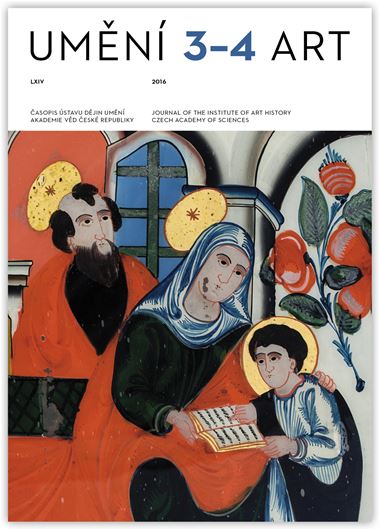Michele Bacci
The Pisan Relic in Saint Peter of Vyšehrad and the Medieval Disputes about the Earliest Consecrated Altar
The Church of Saint Peter of Vyšehrad played an important role in the sacred topography of Prague as it was shaped in the mid-14th century by Emperor Charles IV and his court: it was basically meant to work as a sort of local ersatz of the most eminent martyrial basilica in Rome, Saint Peter’s, and the Emperor therefore made all possible efforts to enhance its cultic importance, by obtaining special privileges for the regular canons officiating there and by providing it with important relics. Among the latter, the most important was, strikingly enough, not a sacred memento brought from Rome, as Charles did in a number of cases, but a rather odd relic he had found almost by chance during his stay in Pisa in 1355: namely, a piece of the marble table decorating the altar worshipped in the church of San Piero a Grado, in the outskirts of the town, said to be the first one erected on Italian soil by Saint Peter himself before he moved to Rome. The present article investigates the reason why Charles came to perceive this object as outstandingly important in cultic terms. It stresses on the ambiguous process by which the site-specific sanctity of San Piero a Grado was shaped from the 12th century onward: what may originally have been a purely local and oral rumour gradually came to be accepted as a venerable tradition and the Pisan church made efforts to corroborate it with reference to authoritative textual sources and through an efficacious mise-en-scène, it was mirrored by the painted program by the artist Deodato Orlandi around 1300. Charles’ somewhat unexpected encounter with the holy place contributed to its shift from a purely local shrine into a pilgrimage site of international renown, if only for a limited time.
Full-text in the Digital Library of the Czech Academy of Sciences:
https://kramerius.lib.cas.cz/uuid/uuid:ef50188c-f54c-4004-93c1-55c04d88be55
< back

